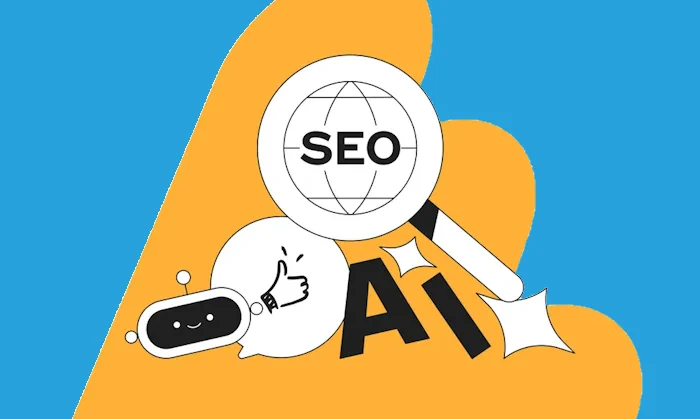Short answer: no, SEO isn’t obsolete. But the rules are shifting. As AI-generated answers appear more often in search, ranking is less about stuffing keywords and more about being the best possible source for a specific intent—and being structured so both humans and machines can understand you.
What’s actually changing
- Answer engines sit on top of search. AI summaries reduce clicks for generic queries, but they still cite and link to sources that are fast, credible, and easy to parse.
- Intent > keyword. Queries are longer and more conversational. Content that directly solves the job—checklists, comparisons, step-by-steps—wins.
- Structure matters. Clear headings, FAQs, and schema markup increase your chances of being used as a cited source.
What still matters (and always will)
- Technical hygiene: fast pages (Core Web Vitals), clean HTML, mobile-first layouts, and crawlable internal links.
- Topical depth: demonstrate experience and expertise around your theme (for us: ecommerce, checkout, catalog management).
- Helpful content: practical, original, and specific. Thin content fades—even if it’s long.
- Brand signals: consistent wording, real company info, and a positive reputation across the web.
A simple plan to win in AI search
- Build “answerable” pages. Each page should target one job to be done with a clear outcome. Add a 5-bullet “Quick Answer” at the top.
- Use supporting formats. FAQs, step tables, checklists, and comparison blocks help machines understand scope.
- Add schema where it helps:
FAQPage,HowTo,Product,BlogPosting, andBreadCrumbListon the blog. - Consolidate duplicates. Redirect or merge overlapping pages so one strong URL earns links and trust.
- Optimize internal links. Link new posts to your cornerstone pages (e.g., features, pricing, checkout guides) with natural anchor text.
- Measure intent satisfaction. Track scroll depth, time on page, and next clicks. If users bounce, the intent isn’t met.
Where Delpha Cart fits
This blog will focus on general commerce topics—conversion, merchandising, retention—while detailed “how-to” lives in the in-app Help and forum. That split keeps posts broadly useful (and link-worthy) while your docs handle specifics.
A lightweight checklist
- Target one intent per page; answer it in the first screen.
- Add an FAQ (3–5 Qs) in plain language.
- Use schema where relevant; keep it valid.
- Keep images small and descriptive (WebP/AVIF with width/height).
- Link to one primary page you want users to explore next.
Bottom line: SEO isn’t dead; it’s evolving into answer optimization. Make content genuinely helpful, structured, and fast, and you’ll show up—in blue links and AI summaries.

